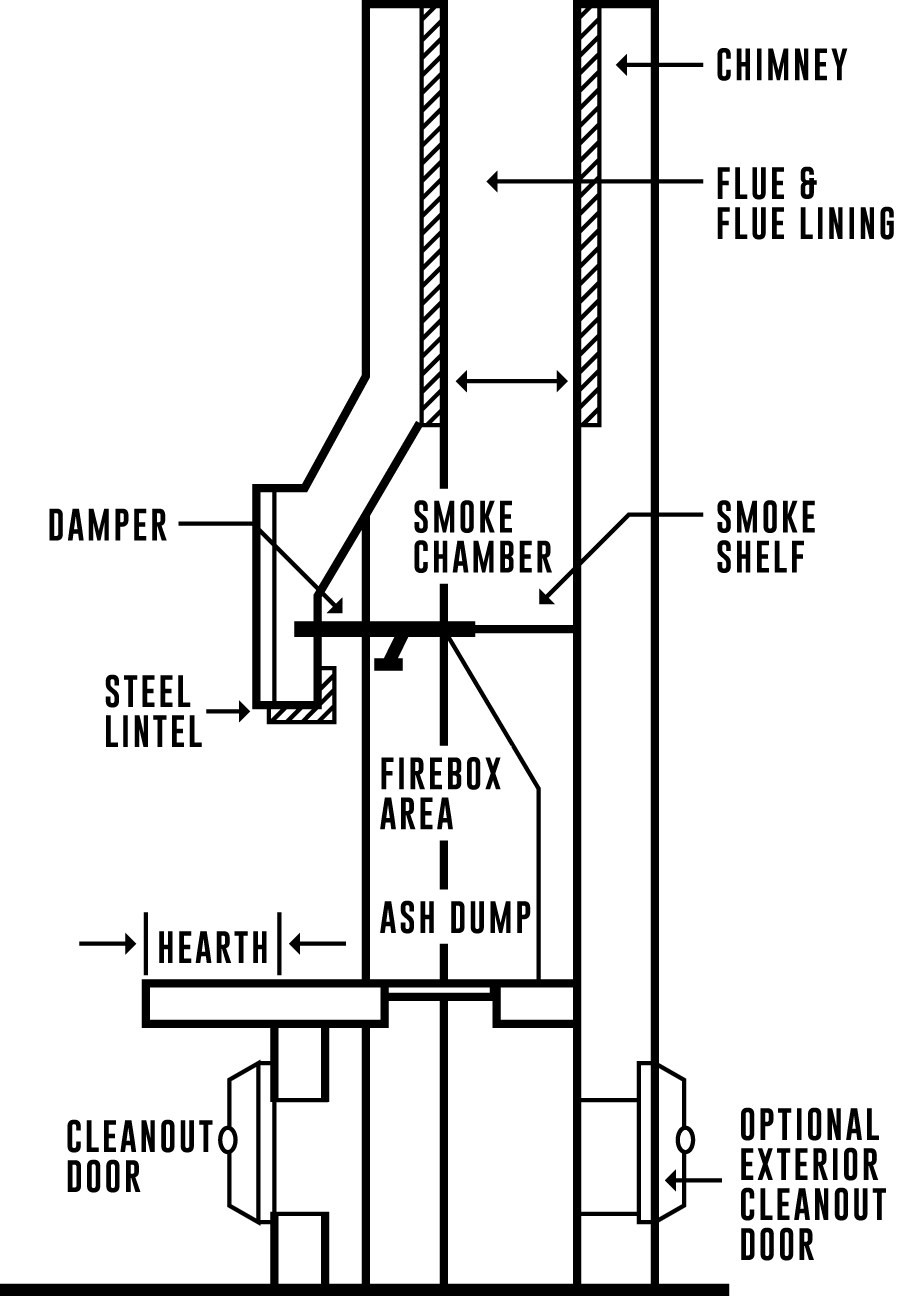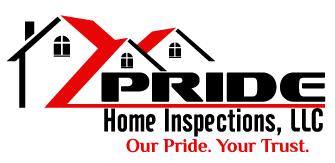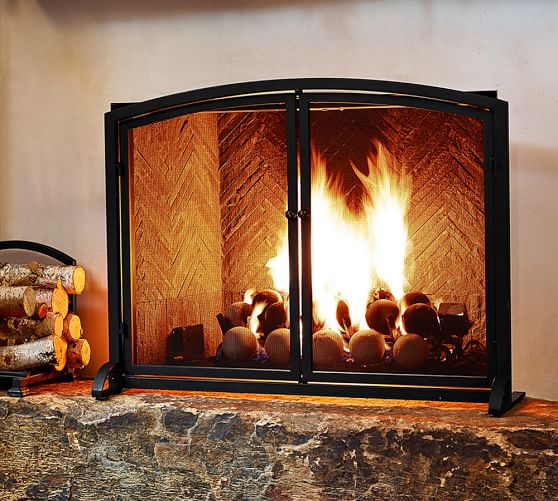There are several types of fireplaces and each has unique attributes and installation standards. A qualified home inspector can ensure the components are in good order and educate you about its maintenance and use.
- Masonry Fireplaces – These are perhaps the most common. They consist of a masonry chimney chase and an inner flue lining. They are typically used to burn solid-fuel.
- Factory-built Fireplaces – Factory built fireplaces are cheaper to install than masonry fireplace and are thus becoming more popular among contractors. They often use natural gas or liquid propane; however, there are some that are rated for burning solid-fuel. Always check the manufacturer’s specification and seek the advice of a qualified chimney technician instead of guessing.
- Ventilated – This type of factory-built fireplace is recommended as it vents potentially harmful fumes to the exterior.
- Ventless / Unvented (not recommended and banned in many states) – While manufacturer’s claim that these burn at 100% efficiency, a ventless fireplace does not use a chimney and thus emits any combustion byproducts into the living space, so they are not recommended. Ventless fireplaces also release an enormous amount of water vapor into the interior of a home (1 gallon per 3 hours for a 30,000 BTU appliance).
- Wood-burning stoves – Wood stoves, particularly in historic homes, are used for heating and/or aesthetic purposes. It is essential to ensure they are maintained and vented properly.
Fireplace Components
The diagram below is a sideview cutaway depicting basic components of fireplaces and chimneys. Note that not all components pictured below are required for every type of chimney. We will discuss this in more detail later.

- Cleanout Door / Optional Exterior Cleanout Door – Cleanouts may be installed on solid-fuel burning fireplaces to aid in ash disposal. An optional door on the exterior may also be installed.
- Hearth – The hearth should be made of masonry or concrete. Although most refer to the space directly in front of the fireplace/firebox, this is merely the hearth extension. The remainder of the hearth continues to the back of the firebox. In most pre-fabricated installation, the hearth will pass beneath the firebox lining.
- Firebox – The firebox is where the combustion takes place, whether solid-fuel, liquid propane, or natural gas. Note that not all natural gas/LP fireplaces are suitable for burning solid-fuel.
- Smoke Shelf / Smoke Chamber – The smoke chamber is located between the firebox and the flue. The smoke chamber and shelf assist in preventing smoke backdraft and pushing smoke towards its intended path into the flue and out of the house.
- Lintel – The lintel is equivalent to the header in door/window installations. It supports the weight above it and is typically made of cast iron or some other rigid material.
- Damper – A damper controls the air flow out of the combustion chamber (firebox) into the smoke chamber and subsequently the flue. The damper should be opened prior to starting any fire and remain open during the duration of the fire. (Note: Liquid-fuel fireplaces are sometimes equipped with a manual damper which is generally considered unsafe. If this is the case, the damper should have a ‘stop’ that prevents it from ever being completely closed. This prevents harmful carbon monoxide from entering the living space should the occupant ever forget to open the damper before lighting the gas logs. Manual dampers are acceptable on solid-fuel burning fireplaces).
- Flue – The flue is the inner lining of the chimney and should be free of opening and cracks. It is often made of clay liners or refractory cement. If regularly used, especially in cold climates, flues should be cleaned by a chimney sweep annually.
- Chimney – This component that is most often though of when envisioning a fireplace is the chimney. The chimney encloses the flue and can be constructed of masonry, a framed chimney chase encased by siding, or the like. Chimney construction is dictated by the type of fireplace is services.
Do’s and Dont’s
- Always open the damper before lighting any type of fireplace, solid fuel or otherwise.
- Never use damp wood (wood with 20% moisture content or more) in a fireplace. Wood that has a moisture content above 20% is likely to emit harmful vapors that could be detrimental to the occupants’ health.
- Never leave your fire unattended. Fire embers can burn for several hours and are susceptible to reigniting the fire.
- Don’t overload your fire with wood. Smaller fires generate less smoke and decrease the potential for harmful vapors.
Safety Considerations
- Fireplaces, chimneys, and wood burning stoves should be inspected and maintained annually by a qualified chimney sweep and before the first use by a new homeowner.
- Each type of fireplace / wood stove is designed to burn only one type of fuel. Do not stray from manufacturer’s guidance.
- The fireplace damper must be fully open before starting a fire, and left open until the fire is completely out.
- Never use wet wood. Wood moisture content should be 20% or below. Wet wood does not burn hot enough for proper combustion of harmful smoke and could lead to health problems and/or damage the fireplace/chimney. It typically takes a newly split piece of wood 6 months to properly dry.
- Close screens during operation to prevent sparks from exiting the firebox into the living area.
- Properly dried Logs or split-wood with a smaller diameter burn hotter (cleaner) than larger ones. Split hardwoods take approximately six months to adequately dry.
- Always use a wood grate to secure the wood in the fireplace and prevent them from rolling out as the logs decrease in size and change position during burning. Place your logs towards the rear of the firebox and avoid overloading the fireplace to prevent them from rolling into the dwelling and contacting combustible materials.
Although fireplaces provide aesthetic appeal and heat during the winter months, they can be extremely dangerous if not used and maintained properly. One of the most important things you can do to ensure the safety of your family and home is ensure your smoke and carbon monoxide detectors are working and operational.
The following is a great video on the fundamentals of fireplace operation and safety by eHowHome. Enjoy!


Recent Comments